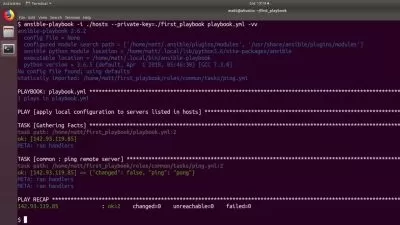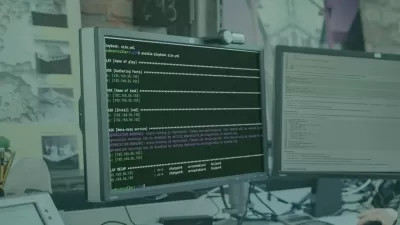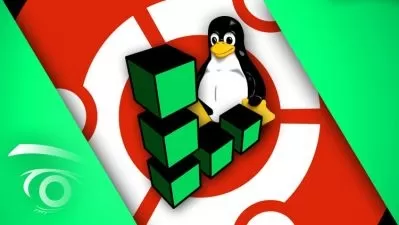Linux Administration with Ansible: Writing Ansible Playbooks
Andrew Mallett
4:21:18
Description
Creating Ansible Playbooks allows you to create repeatable configurations that will be reliably correct. This course will teach you to write, understand, and execute Ansible Playbooks.
What You'll Learn?
Having repeatably correct configurations that can be replayed as they are needed, not only provides for long-term success in the production environment, it allows the production environment to be recreated in your test environment for development. In this course, Linux Administration with Ansible: Writing Ansible Playbooks, you’ll learn to read and write YAML, the file format of Ansible Playbooks. First, you’ll explore creating YAML statements online to understand the rules and syntax. Next, you’ll discover how creating Playbooks with logic we can control the execution of tasks. Finally, you’ll learn how to develop extensive Playbooks that cover all elements of Linux administration. When you’re finished with this course, you’ll have the skills and knowledge of Ansible Playbooks needed to manage a variety of Linux administration projects.
More details
User Reviews
Rating
Andrew Mallett
Instructor's Courses
Pluralsight
View courses Pluralsight- language english
- Training sessions 50
- duration 4:21:18
- level average
- English subtitles has
- Release Date 2023/01/08




















